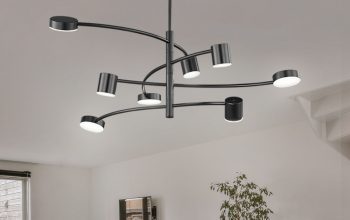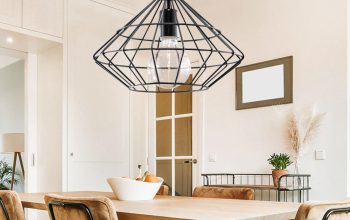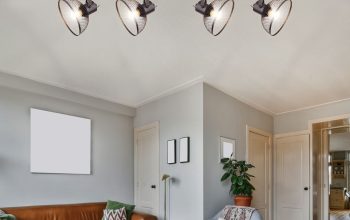Introduction
Your bedroom is your personal retreat, your sanctuary from the busy world outside. It is a place where you go to rest, relax, and recharge. And what better way to create a calming and peaceful atmosphere in your sleeping space than to use pastel colors?
In this article, we will explore the world of pastel bedroom design, offering tips and inspiration to help you create a beautiful and serene space that will have you feeling rested and rejuvenated every day.
What Are Pastel Colors?
Pastel colors are soft, gentle hues that are often associated with springtime, new beginnings, and rebirth. They are created by adding white to pure colors, resulting in a softer, lighter shade. Pastel colors are typically muted and subdued, making them perfect for creating a calming and relaxing environment.
The most common pastel colors include:
- Light pink
- Lavender
- Pale blue
- Mint green
- Peach
Why Choose Pastel Colors for Your Bedroom?
There are several reasons why pastel colors are a popular choice for bedroom design. Here are just a few of the benefits:
1. Pastel colors promote relaxation
The soft and muted tones of pastel colors are proven to have a calming effect on the mind and body. This makes them the perfect choice for a bedroom, where relaxation and rest are the top priorities.
2. Pastel colors create a serene atmosphere
Pastel colors are often associated with nature and tranquility, making them ideal for creating a peaceful and serene environment in your bedroom.
3. Pastel colors are versatile
Pastel colors work well with a variety of design styles, including modern, rustic, and traditional. They can be used as the main color scheme or as accents, making them a versatile choice for any bedroom design.
How to Incorporate Pastel Colors into Your Bedroom Design
Now that we’ve explored the benefits of using pastel colors in your bedroom, let’s take a look at some tips for incorporating these soft hues into your bedroom design.
1. Choose the right color palette
When it comes to pastel colors, less is more. Choose two or three pastel colors that you love and build your color palette around them. Stick to muted tones that work well together for a cohesive look.
2. Mix and match textures
When using soft colors, it’s important to add texture to keep the space from looking flat. Mix and match textures like velvet, linen, and cotton to create a layered and inviting space.
3. Use pastel colors as accents
If you’re not ready to commit to a pastel bedroom, start by incorporating these soft hues as accents. Add pastel throw pillows, curtains, or a rug to brighten up the space and create a serene atmosphere.
4. Add natural elements
Pastel colors work well with natural elements like wood, plants, and stones. Incorporate these elements into your bedroom design to create a peaceful and calming space.
Creating a pastel bedroom is a wonderful way to create a calming and peaceful atmosphere in your sleeping space. With soft and muted hues, you can transform your bedroom into a serene oasis that will have you feeling rested and rejuvenated every day.
Use these tips and inspiration to incorporate pastel colors into your bedroom design, and take your personal retreat to the next level.




